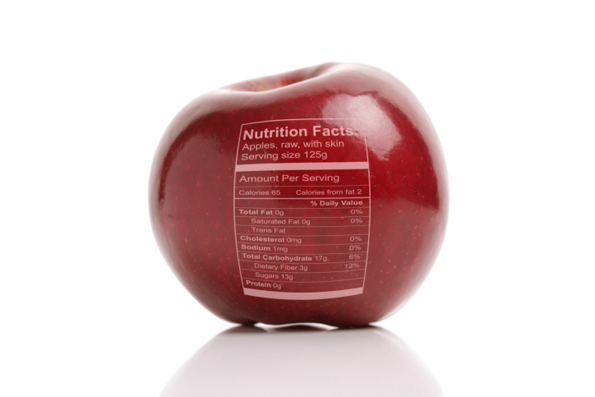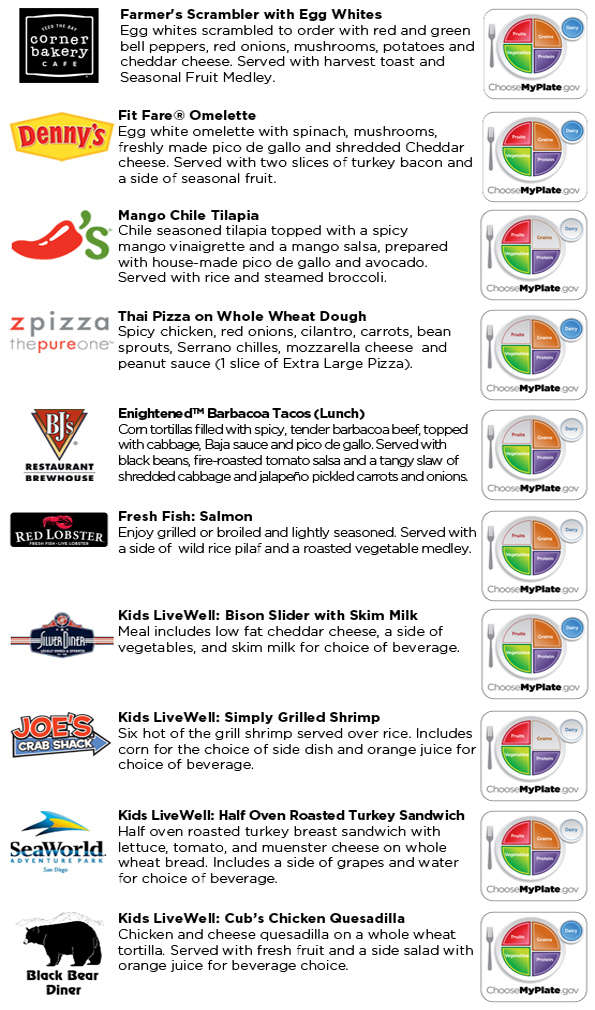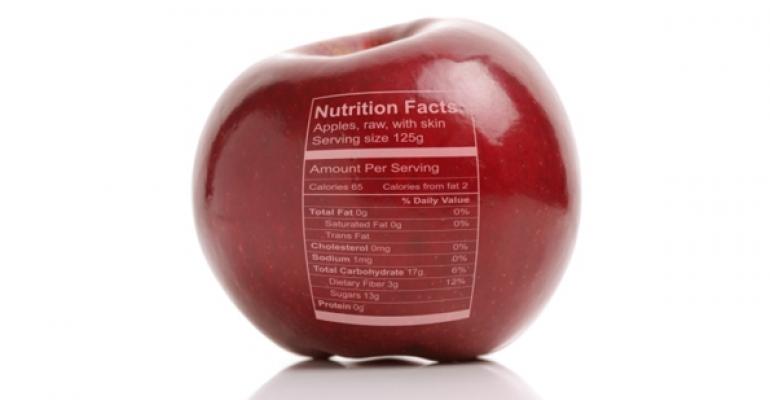
Serving healthful menu items doesn’t have to be all about cutting calories, fat, sugar and sodium. Restaurants must think instead about adding high-nutrient ingredients that enhance guests’ energy, vitality, strength and well-being.
RELATED
• Silver Diner's executive chef on building a healthful kids' menu
• 5 musts for menu labeling
• More Healthy Dining at NRN.com
Restaurants can use these power-packed, nutrient-filled ingredients to please nutrition-savvy guests:
Healthy fats
Avocado, olives, nuts and seeds, and some oils (extra virgin olive, canola, flaxseed and walnut) are examples of fats that don’t clog arteries and cause disease but instead provide health benefits. They help increase energy, boost metabolism to burn more calories, protect joints and flexibility, and contribute to heart and brain health. These healthy fats also help maintain stable blood sugar levels after a meal, which reduces the glycemic response and provides a steady source of energy.
Since fats contain a concentrated source of calories, a little goes a long way. Generally, one tablespoon of healthy oils, three-quarters of an ounce of nuts, or a half an avocado are appropriate amounts per meal to gain the nutrient benefits from these healthy fats.
Lean protein
Protein is essential every day for strength and vitality. Like healthy fats, protein also helps maintain blood sugar levels for steady energy. Breast of chicken and turkey (without skin), seafood and shellfish, lean beef and pork, bison and buffalo, egg whites and nonfat or low-fat dairy are examples of animal-based proteins that are lowest in saturated fat. Beans, legumes, quinoa and tofu are plant-based proteins that have little or no saturated fat.
A 5-ounce chicken or turkey breast delivers about 45 grams of protein, 3 egg whites contain about 10 grams, one cup of quinoa provides 8 grams and one cup of beans provides about 15 grams of protein.
Fruits and vegetables
Although fruits and vegetables each provide unique taste sensations to a meal, they both offer similar types of nutrients. Fruits and vegetables are the “magic bullets,” offering everything from anti-aging (preventing wrinkles and keeping hair and skin at their best), to fighting off colds and flus, to reducing risks of many diseases (heart disease, cancer, Alzheimer’s and others).
Each produce color offers a different assortment of vitamins, minerals, phytochemicals, and antioxidants. So think of the rainbow when you design your plates, with yellow mango, red bell pepper, leafy greens, white garlic and purplish blueberries.
This is the only food group where a bigger portion size is always better.
Whole grains
These underutilized powerhouses contain energy-producing and disease-fighting nutrients as well as many phytochemicals and antioxidants. Since most Americans don’t get enough whole grains daily, you can help your guests by offering whole grain breads, cereals, pastas and pizza crusts.
Brown rice is growing in popularity, and black rice is emerging as a “superfood” with powerful antioxidants. Quinoa is referred to as a “super grain,” as it is the only grain that supplies all nine essential amino acids, making it a great plant-based protein source. Other whole grains making their way to center stage include barley, amaranth and spelt.
Striking the right balance
The USDA’s colorful MyPlate graphic serves as a visual cue to help identify the best foods to build a healthful meal, as well as the appropriate recommended quantities. The icon shows one-half of the plate with fruits and vegetables and the other half split between grains and protein, with a circle outside the plate representing a serving of dairy.
Here are some examples of how restaurant meals synergize with MyPlate:

Contact Anita Jones-Mueller, M.P.H., at [email protected].

